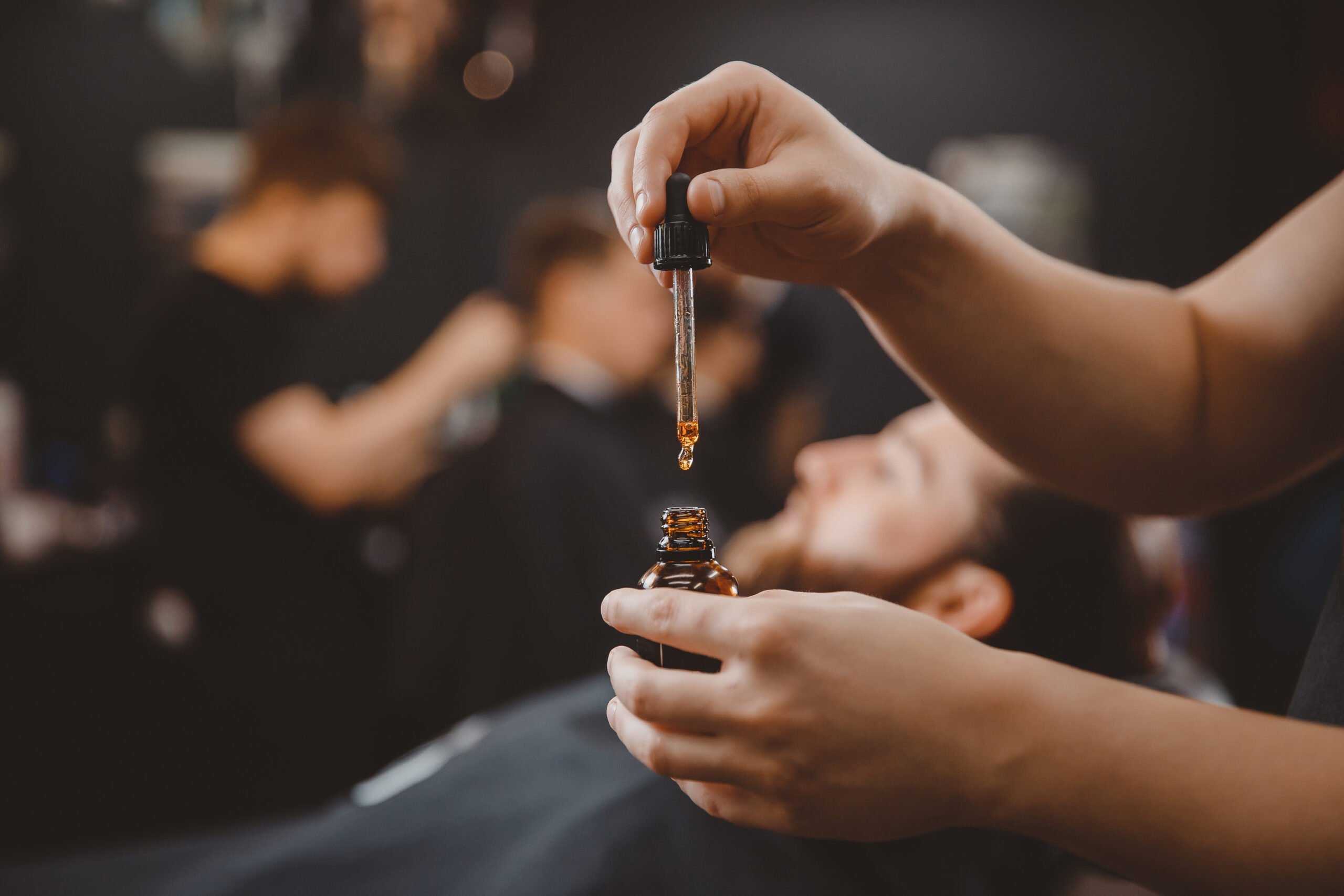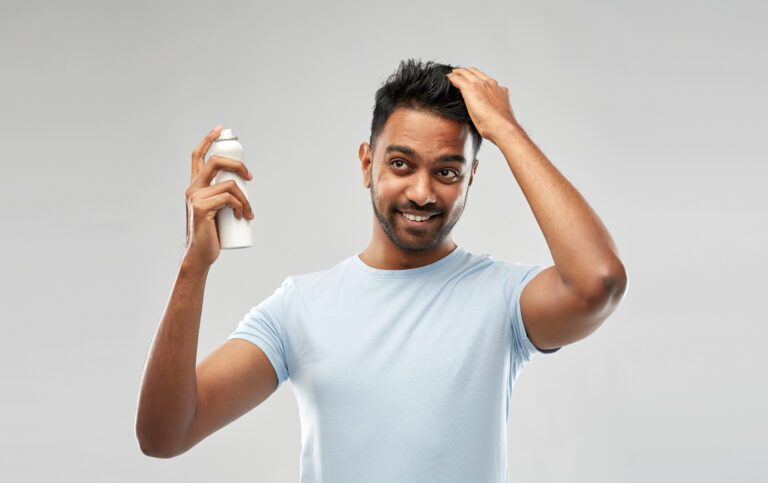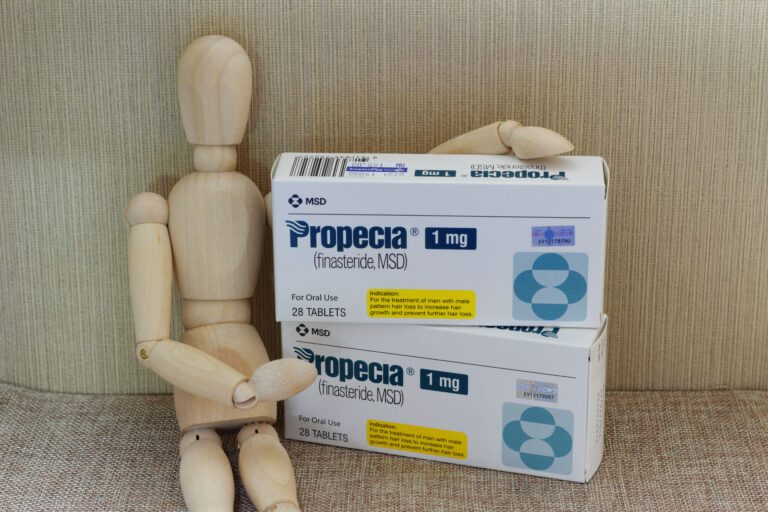Your Comprehensive Guide on Topical Dutasteride
A receding hairline is often cause for concern. Baldness changes how people look and how they perceive their image. It’s understandable then that those who suffer from male pattern hair loss, or androgenic alopecia, are often on the lookout for new treatments.
If your hair has started showing signs of thinning, you’re not alone. Around a third of men in their 30s and half of the men in their 50s have a receding hairline. The percentage goes up to 80% for 70-year-olds.
Using topical Dutasteride could be the answer for slowing down hair loss, especially for cases that don’t respond readily to Finasteride. In this article, we’ll explain what this drug is, how it works, its possible side effects, and how it compares to similar treatments.
What Exactly Is Topical Dutasteride?
Dutasteride is a medication that’s used for treating benign prostatic hyperplasia, which is an illness causing enlargement of the prostate gland. Clinicians observed that this medicine also has the potential to treat male pattern hair loss, also known as androgenic alopecia.
Dutasteride is a 5𝞪 reductase inhibitor (5ARI), which actively inhibits the conversion of testosterone to dihydrotestosterone (DHT). This is the substance presumed to cause male pattern baldness, as it kills hair follicles around the temples and a receding frontal hairline.
Topical Dutasteride is a favored form of this medicine, as it’s applied directly to the scalp. Directed delivery is often more effective and reaches target areas more accurately. Additionally, there’s less systemic exposure, as the drug isn’t introduced to the bloodstream.
Clinical studies showed positive results for using topical Dutasteride to slow down hair loss, and several pharmacies dispense it. However, the FDA hasn’t approved it yet for this usage, so it’s only available off-label.
How Does Dutasteride Work?
Dutasteride works best in situations where hair loss is rapid and extensive, and, treatment with common DHT blockers like Finasteride doesn’t seem to work.
For some unresponsive cases, applying Dutasteride might show promising results. The assumption here is that Dutasteride blocks two types of the 5𝞪 reductase; isoforms I and II, while Finasteride blocks isoform II only.
Additionally, Dutasteride limits the conversion of testosterone into DHT by about 90%. Taking the drug orally prevents DHT from reaching the hair follicles and causing hair fall. Topical application stops DHT conversion inside the hair follicles.
How to Administer Topical Dutasteride?
Since using Dutasteride for treating androgenic alopecia is not yet approved by the FDA, and its long-term effects have not been established, so there are no official guidelines for proper administration.
However, the drug has been in use for quite some time, and clinicians have developed an agreed-upon set of instructions for administration. It’s important to use it under the supervision of a specialized practitioner and follow the recommended dosage and frequency accurately.
Dosage and Frequency
In general, users apply topical Dutasteride once daily. The dose depends on three main factors:
- The concentration of the product (formulation)
- The severity and rapidity of hair loss
- Individual user concerns
Users often apply 20-40 drops of the 0.1% concentration product directly to the scalp once a day. People with sensitive skin can opt for a 0.05% concentration.
Alternatively, Dutasterde is available in gel form, with the same concentration. Users can apply 1-2 grams daily.
It’s recommended to start with the minimum possible amount that demonstrates the effectiveness of the drug. And of course, stop applying the drug instantly if it causes serious side effects. Proceeding with caution is always wise.
Preparation
Topical Dutasteride should be applied to a clean dry scalp. Wash your hair before the application time, and let it dry thoroughly before applying the treatment.
Find a suitable location where you can place the treatment securely, that also has a large mirror. Correct application in a specific spot is crucial for the success of this formula.
Application
- Identify the target spot on the scalp.
- Apply the formula drops, gel, cream, or lotion. Make sure you’re using the right amount.
- Gently massage the drug into your scalp using your fingertips.
- Make sure the drug is evenly distributed in the target area.
- Avoid applying spilling the drug on the face or other body parts.
After Application
- Wash your hands immediately after application.
- Wait till your scalp is completely dry before styling.
- Don’t go to bed if the medicine hasn’t been fully absorbed.
- Don’t wash your hair or get it wet for at least two hours after application.
Storage
There are no special requirements for storing topical Dustasteride. Like most regular medicines, it should be stored in a cool dry place, away from the reach of children or pets. Once it’s no longer needed, users should discard the drug responsibly and in accordance with local regulations.
Possible Side Effects of Topical Dutasteride
Topical Dutasteride is still under research, so the possible side effects are inferred from its properties, as well as, from the profiles of similar medications (like Finasteride). It’s worth noting that topical usage of the drug often has fewer side effects compared to oral formulations.
Here are some of the potential side effects of using topical Dutasteride.
- Itching, redness, or irritation at the application site
- Allergic reactions
- Skin dryness, roughness, and flaking
- Facial hair growth
- Unwanted hair growth in other body parts
- Shedding excessive amounts of hair before regrowth
- Decreased sex drive
- Erectile dysfunction or premature ejaculation
- Breast enlargement
- Tenderness in the chest/breast area
- Impaired fertility
- Decreased sperm count
- Changes in PSA levels (male hormone)
- Dizziness
- Headaches
- Depression or mood swings
The Differences Between Topical and Oral Dutasteride
The main difference between the two forms of the drug is systemic exposure. Taking oral Dutasteride in pill or capsule form delivers higher levels of the drug in all parts of the body. Contrary to that, topical application has lower systemic absorption, so much lower levels of the drug reach the bloodstream.
This comes with a reduction of possible side effects when the drug is administered topically, rather than orally. However, users with sensitive skin might experience rash, itchiness, redness, or allergies that might not happen with oral formulation.
Additionally, topical application allows targeted delivery which reduces the occurrence of unwanted hair whether it’s facial or on other parts of the body.
Other than that, both formulations are still under research and haven’t yet been approved by the FDA. As for cost differences, this is a rather obscure matter, but it’s not expected that there will be any substantial differences in pricing.
How Topical Dutasteride Compares to Other Topical Hair Loss Treatments
There aren’t too many hair loss treatments currently on the market, and most products come with pros and cons. Here’s a summary of how topical Dutasteride compares to the top products.
| Topical Dutasteride | Topical Minoxidil | Topical Finasteride | Topical Keto conazole | |
| FDA approval status | Under research | Approved | Off label | Approved for dandruff |
| How it works | Blocks DHT conversion using 5𝞪 reductase inhibitor (5ARI) | Stimulates hair follicles Increases blood flow | Blocks DHT conversion | Controls fungal infection Reduces inflammation |
| Effectiveness | Promising | Moderate Slows down hair loss Encourages hair regrowth | Promising | Slows down hair loss |
| Side effects | Possible local and systemic side effects | Scalp irritation Skin dryness Unwanted hair (rare) | Decreased libido Erectile dysfunction | Scalp irritation Skin dryness |
Final Thoughts
Topical Dutasteride is a promising hair-loss treatment that’s still under research. It’s already in use for treating a different health issue, but the FDA hasn’t yet approved its use as an effective drug for androgenic alopecia.
Some medical centers prescribe topical Dutasteride for specific cases, and so far, the results are promising.
It’s important to consult your doctor before using Dutasteride and use the drug under regular supervision.







